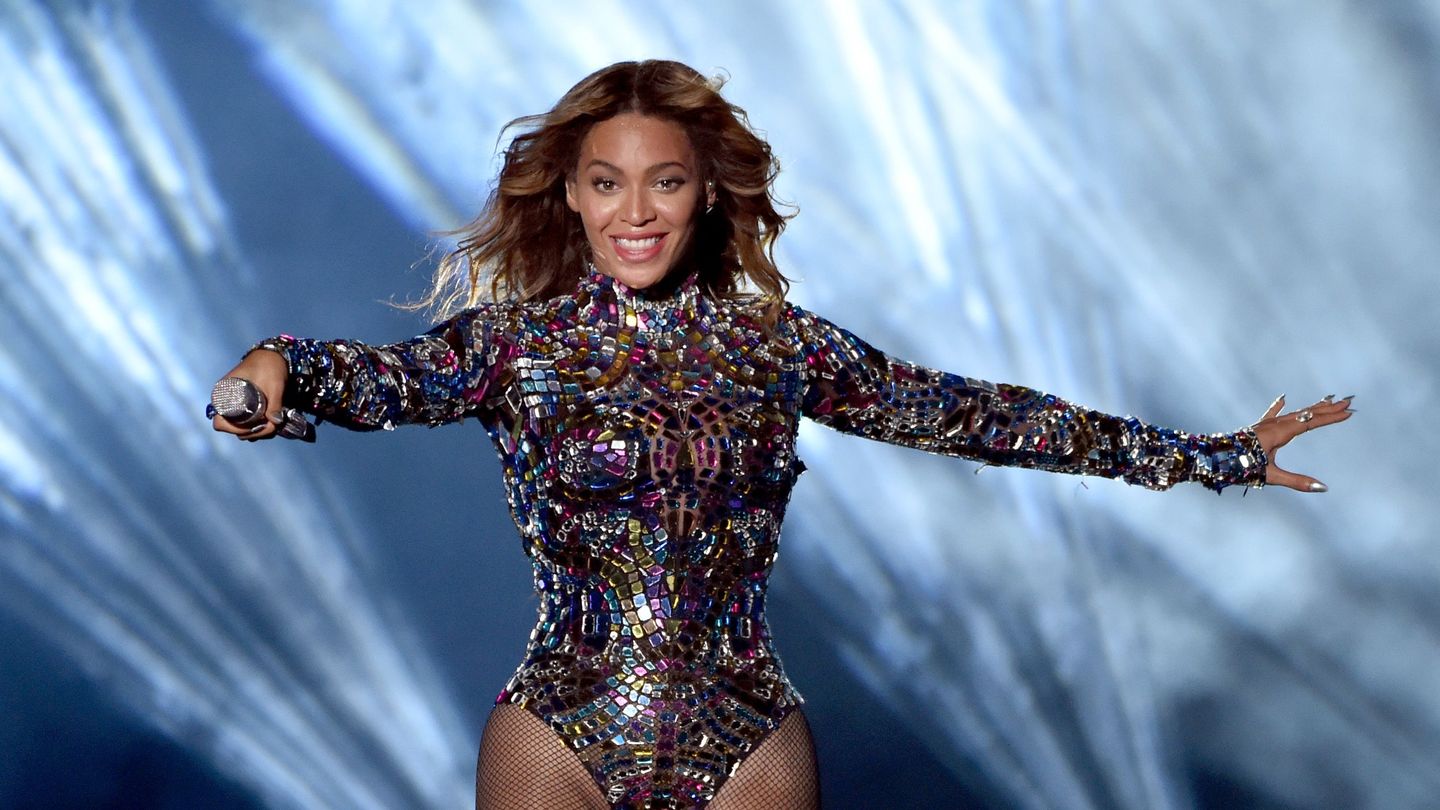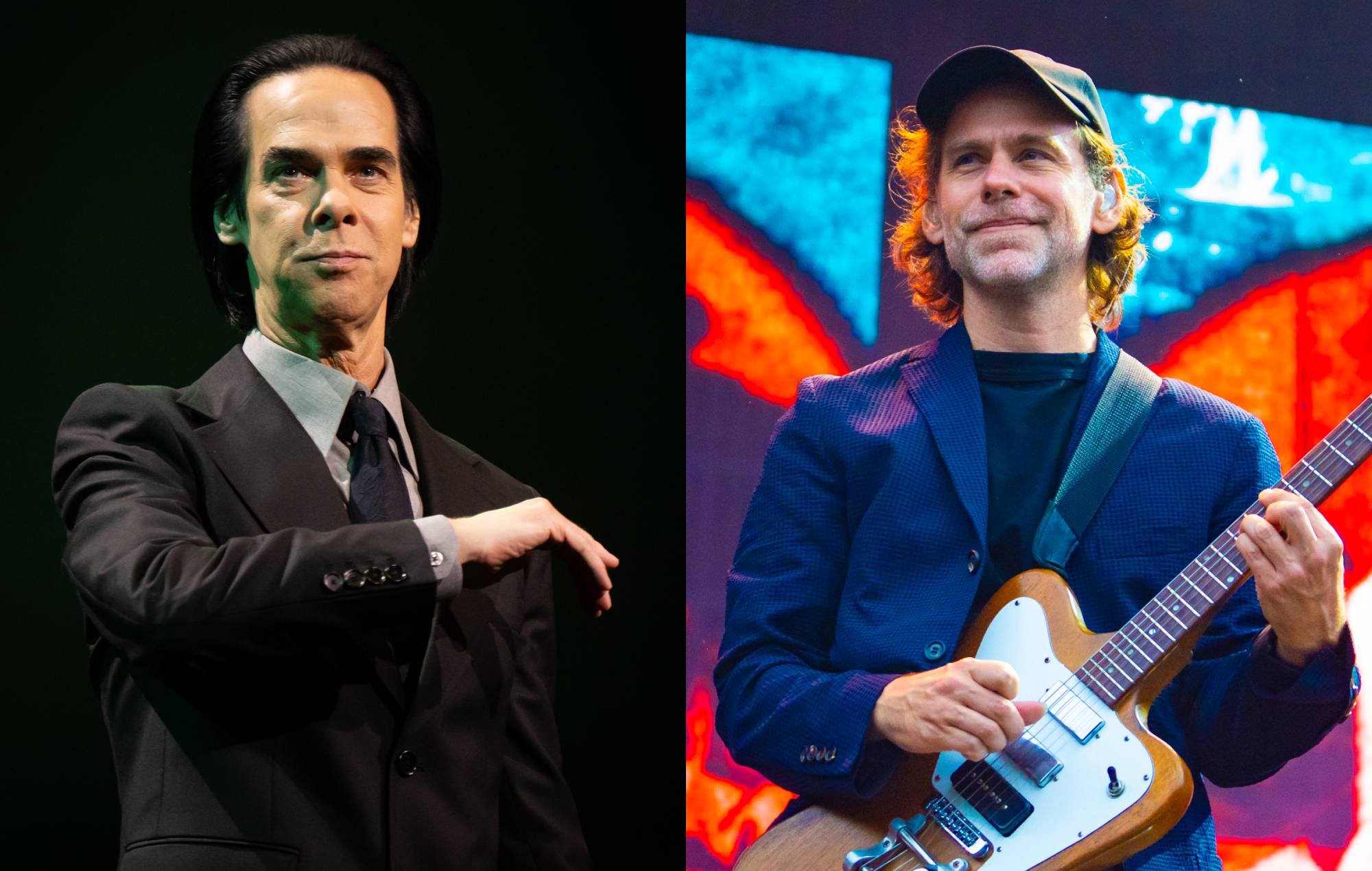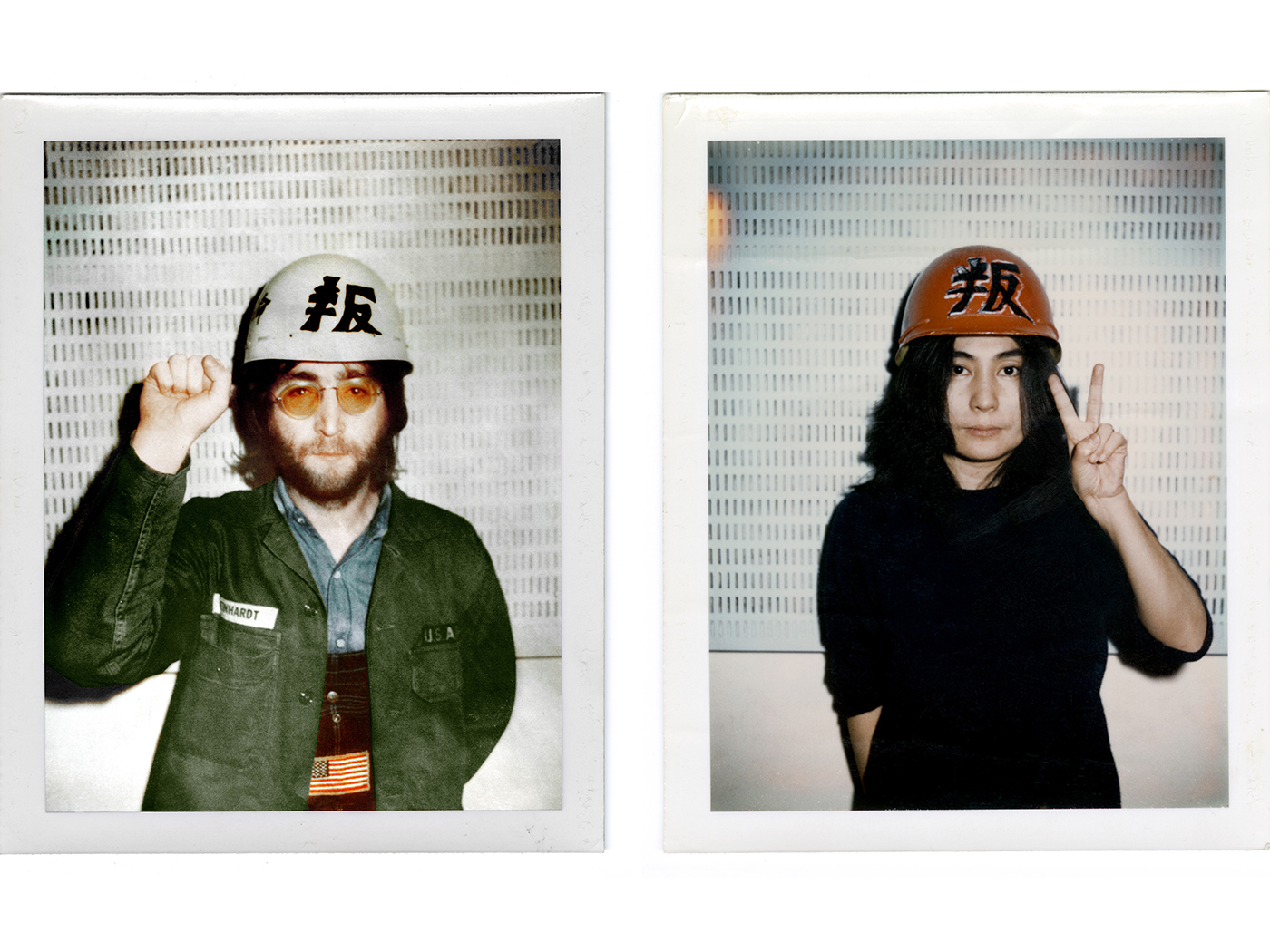By Hilary Hughes
An eponymous album marks a major moment in an artist’s career. For women, owning one’s work, body, and artistry can be especially powerful, even political. Throughout Women’s History Month, MTV News is highlighting some of these iconic statements from some of the biggest artists on the globe. This is Self-Titled.
Beyoncé is queen of the epic entrance (as anyone who watched her 2018 Coachella headlining set can attest), but Beyoncé, her fifth, self-titled album, made its debut quietly — and in the middle of the night.
At first, only those who happened to be scrolling through the iTunes Store after midnight on December 13, 2013 noticed a new addition to its offerings in the form of a simple, striking cover featuring the name of the artist, all caps and in petal pink, emblazoned across its front. Word soon spread across social media — and from Beyoncé’s accounts, no less — that she had not only unveiled a surprise album, but one featuring corresponding music videos for each of its 14 songs.
In the early hours of that December morning, one thing was clear: Beyoncé had pulled off a revolutionary hat trick. Yes, she had completely shocked the world by releasing a new album without so much as a whisper of promotion or warning in the months leading up to it. Yes, she had gone above and beyond by putting out never-before-heard music and a collection of musical film shorts that introduced a new standard for multi-format domination. And yes, she had completely redefined the possibilities for what an album or a music video could do — and what a pop star can achieve by dropping either unexpectedly. Beyoncé wasn’t just another chart-topping addition to Queen Bey’s discography: It was a cultural event, and one that took place at the zenith of her career.
To appreciate Beyoncé and the feat its creator pulled off requires rewinding a bit — not to 2013, but 2012, one of the most transformational years of her life. Her 2011 album, 4, (and her fourth to hit No. 1 on Billboard’s albums chart), yielded a crop of beloved singles, from the beat-savvy “Run the World (Girls)” to affectionate confection “Love on Top,” which went on to win Best Traditional R&B performance at the 55th Annual Grammy Awards. At the 2011 MTV Video Music Awards, she revealed she was expecting her first child with husband Jay-Z to a national audience while lovingly caressing her baby bump as she performed the latter hit.
Her daughter, Blue Ivy Carter, was born on January 7, 2012, and Beyoncé took a well-deserved maternity leave, nesting and embracing her newfound role as a mother after a particularly demanding and lucrative professional stretch. When she returned to the mic the following January, it was for two of her most significant performances to date: She sang the national anthem at the second presidential inauguration of Barack Obama, and then delivered one of the most superlative Super Bowl halftime shows in the event’s history a couple weeks later. The premiere of Life Is But a Dream, a documentary about her life she co-directed and produced, followed on HBO, and with it came Beyoncé’s ascension from pop queen to multi-format auteur.
Life Is But a Dream not only served as Blue’s on-screen debut, but a video diary and scrapbook of the off-the-record moments that had shaped Beyoncé’s private life, from childhood home movies to revisiting the miscarriage she suffered to never-before-seen footage from her and Jay-Z’s wedding Though her flair for visuals and impeccable style shaped her many memorable music videos up to this point, the documentary was a new and different medium for her — choreographed and polished to shine, but personal, multi-faceted, vulnerable. Beyoncé has always been heralded for her awe-inducing talent and triple-threat performances, but with Life Is But a Dream, she stressed that she was a storyteller, too, one who thought about the best possible ways to ensure her audience could hear, and see, what she needed them to understand — and for them to reach that understanding down a path of her making.
Between Blue’s birth and this inviting glimpse into her private life, Beyoncé started working on the follow-up to 4. In the summer of 2012, she, Jay-Z, and baby Blue decamped to the Hamptons, where a number of producers and collaborators convened to write, record, and experiment with new sounds. “We had dinners with the producers every day, like a family,” she told Vogue in a 2013 interview about the sessions that would ultimately shape Beyoncé. “It was like a camp. Weekends off. You could go and jump in the pool and ride bikes… the ocean and grass and sunshine. … It was really a safe place.”
Frank Ocean, Justin Timberlake, Sia, Pharrell Williams, Drake, Ryan Tedder, Timbaland and producer Boots rounded out the A-list team of collaborators she assembled to usher in this era, and the result is one of her most vivid and eclectic releases. Beyoncé opened with soaring power ballad “Pretty Hurts,” an empowering rejection of damaging beauty standards; she closed with “Blue,” a lush ode to her daughter that featured the voice of the littlest Carter, too. Resonant pop and R&B abounded, from the romantic “XO” to “Superpower,” her mesmerizing duet with Frank Ocean, as did hip-hop bangers thanks to the instantly iconic Bey-Jay duet “Drunk in Love,” the sly and sexy “Partition,” Drake duet “Mine,” and “Flawless,” which fused the hallmarks of teaser single “Bow Down” with segments from Chimamanda Ngozi Adichie’s “We Should All Be Feminists” speech.
While the songs themselves made for easy repeat-listening, the videos astounded audiences from the jump — and were just as vivid and varied. Each clip explored fresh aesthetics and presented eye-catching contrasts, many getting more up close and personal to the star than her previous visuals had. Instead of embodying a mid-century go-go girl (“Get Me Bodied”) or flexing the robo-glove of Sasha Fierce (“Single Ladies [Put a Ring on It]”), Beyoncé played herself and the multitudes she contains. Clips like “Drunk in Love” needed little more than an empty beach, a bottle of bubbly, and the Carters dancing together in the surf to deliver a captivating romp, while “XO” was splashed with the neon of Coney Island as she rode the Cyclone with friends and goofed off at Brooklyn’s landmark fun park over the sounds of her serenade. Some, like the candy-colored pageant treatment of “Pretty Hurts” or the lavish, lingerie-clad “Partition,” were full-blown productions, each with their own narrative that translated beautifully to the screen but never disguised her under the guise of fantasy.
And though many of her music videos had become cultural icons themselves prior to Beyoncé, the sheer depth, breadth, and volume of the material she released all at once set a new standard — and precedent — for what came next. When Beyoncé hit the road following Beyoncé’s release on the Mrs. Carter Show World Tour in 2014, elaborate visuals played a huge part in her updated live show and featured fresh narration from Queen B herself — a direct tie to the documentarian she became with Life is But a Dream and the imaginative, maximalist vibe of Beyoncé. (The platinum edition of Beyoncé includes several performance clips from this tour on its digital version.) Two years later, the world rejoiced when she released Lemonade, her second surprise visual album, in 2016: Another audio-visual stunner, Lemonade built on Beyoncé’s foundation while further mining her personal life to showcase its muses, catharsis, and breakthroughs in her music. Like Beyoncé, it was critically adored, a commercial juggernaut , an award-winner, and a feast for the eyes and ears. But unlike Beyoncé, it was a successor: Lemonade was proof that she’d perfected her medium of choice.
In the years since, Beyoncé has continued to embrace sensory overload to the delight of her fans. The music video for “Apeshit,” the lead single off the Carters’s collaborative 2018 album Everything is Love, retains the epic grandeur of her cinematic embrace, and she employed it once more with the release of another exceptional visual album, Black is King, in 2020. Countless artists have taken a page from her surprise playbook as well, and dropped full albums with little to no notice, from Drake to Taylor Swift and beyond. Seven years after Beyoncé’s arrival, its ripple effect across the industry is undeniable, both in her own creative story and that of the industry at large — and nearly a decade later, we still bow down.








